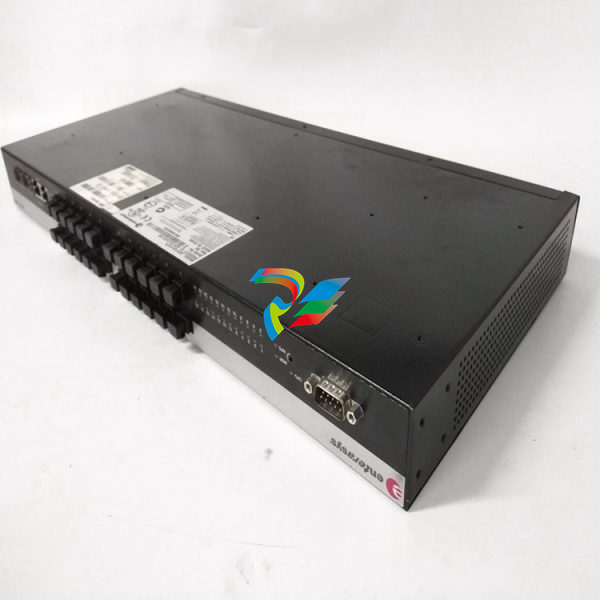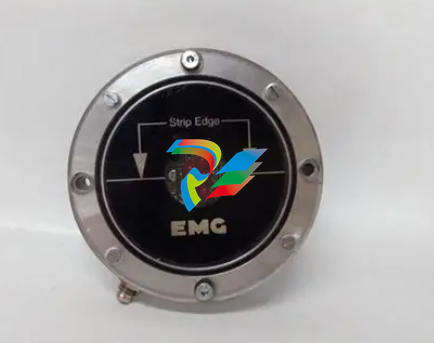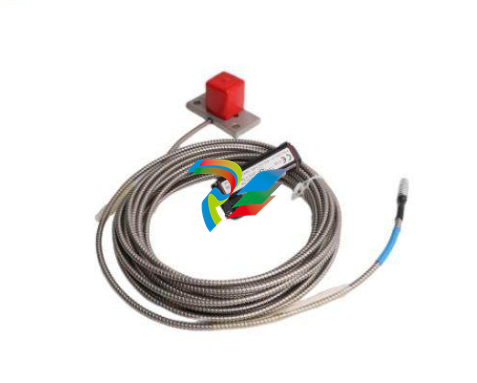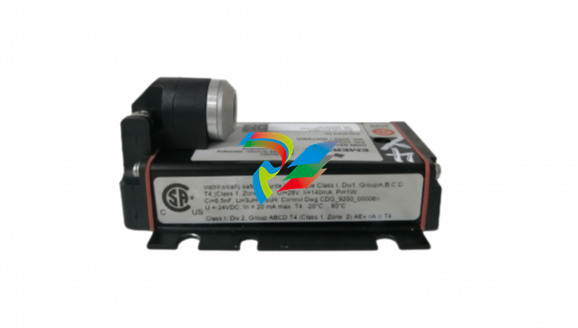
ABBIndustrial Networks Connecting Controllers via OPC
hand, also status information has to be communicated. If a component fails it can
for example be very important that the redundant part is able to recover the most
recent values in order to take over the communication.
6.1.4 Stand-by modes
There are different modes of redundancy. Sometimes, the redundant parts run in
parallel (load balancing) but can take the whole load in case the second system
stops working, as for example with water pumps or internet web servers. This kind
of redundancy is sometimes also referred to as hot standby with load balancing.
With line redundant bus systems, the sending component usually writes on both
lines whereas the receiving part chooses the line to read from.
In contrary there exist modes where only one part of a redundant pair can be
active, while the other part is in a standby mode ready to take over. Dependent
on the level of stand-by we talk about cold, warm or hot stand-by. Cold stand-by
usually means that the redundant system first has to start up and gather necessary
information before it is able to take over the communication, causing a comparatively long delay. Hot stand-by in contrary means that the redundant part is all
the time up and running and even knows status information of the active system,
always ready to take over the shortest possible amount of time. Warm stand-by at
last is something in between.
In bus systems, where normally the different bus subscribers are addressed, the
“flying redundancy” concept as in the CI854A can be used. That is, the active
communication interface and the backup interface always have the same address,
independent of which is the active one and which the backup. As a consequence, the
active and the passive interface have to switch addresses if a switchover takes place.
The advantage of this implementation is, that the backup slave has a valid address
and therefore can be reached as well, to receive status information, for example.
Moreover, such a switchover is transparent for the other bus subscribers. However, if there is an error during the switchover, it can happen that both redundant
components have the same address, the effects of which would be devastating.
6.1.5 Power Supply Redundancy
A lot of controllers and automation components are prepared to be connected to
two different power sources to further avoid outages. Establishing redundant power
supply, however, is a topic on its own and not covered by this Master’s Thesis.
6.2 Considerations
In this section we will make considerations on redundancy for the different parts
of our test system. Please notice that we omit a solution using only one personal
computer, since, in our opinion, this is the weakest part of our system, and numerous
software parts (e.g. the bridging programs) cannot be installed/run twice in order
to increase availability. We therefore aim at two PCs right away.
6.2.1 AC160 Side Devices
The AC160 controller and AF100 fieldbus provide a sophisticated redundancy concept. Thus, it is very common to insert two redundant processor modules as well
as two communication interfaces into one rack. For other bus participants this
configuration works transparently, so they do not care which PM/CI combination
is currently in use and which is in stand-by mode. All communication interfaces
already support line redundancy with two ports, this is also true for the CI527 PCI
cards.
Not only controllers are included in the redundancy concept, but also OPC
servers. That is, if two personal computers with CI527 and AC100 OPC Servers
are connected to the same AF100 bus, both servers can provide data sent from the
controller. Unfortunately, the redundancy concept is limited as this will not work in
the opposite direction when using DSPs, which are vital for our application: Only
one of the two servers is allowed writing to a specific variable on the controller.
However, since we need to transmit a lot more values from AC160 to AC800M than
vice versa, the OPC server redundancy concept helps us a great deal anyway: We
do not have to define and send all these values twice (it is to mention here that
defining and sending variables in AC160 is considerably less comfortable than in
AC800M).
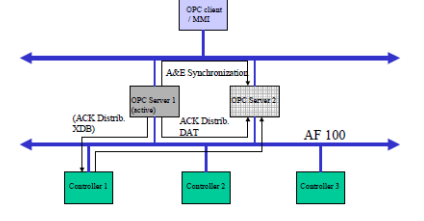
In contrary, if we want redundancy for receiving variables, we have to define the
receiving DSPs twice. The according redundancy brainpower must then be placed
in the controller program code itself, that is, the code has to compare each received
data pair and then decide how to proceed. In other words, the redundancy of the
OPC servers/PCI cards is not transparent from the view of the AC160. Achieving
this transparency would only be possible by modifying the OPC server to support
transparent redundancy when writing DSPs to the controller, or by the development
and insertion of a specific hardware device between the AC160 and the PC.
6.2.2 AC800M Side Devices
Similar to the AC160, the AC800M supports processor module and communication
interface redundancy for PROFIBUS as shown in Figure 6.3. In order to increase
the availability of the CEX bus, also the redundancy link module BC810 is inserted
[10].
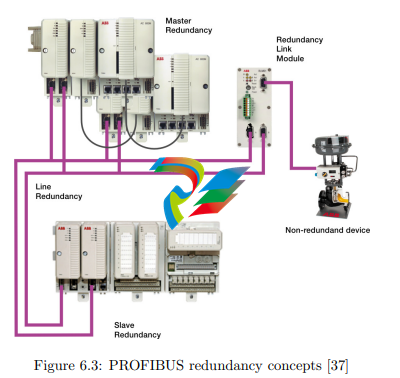
In contrary, the Woodhead PROFIBUS card and OPC server does not support slave redundancy and therefore limits the concept. It is to add, that no

